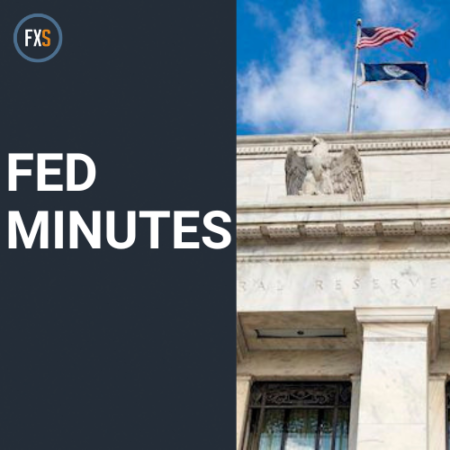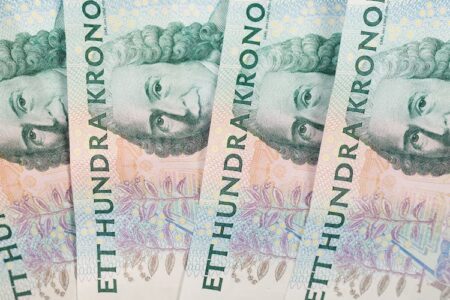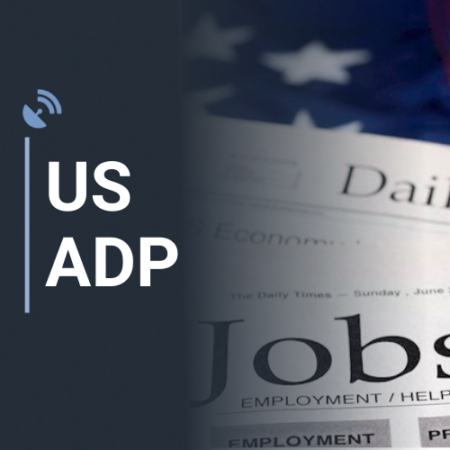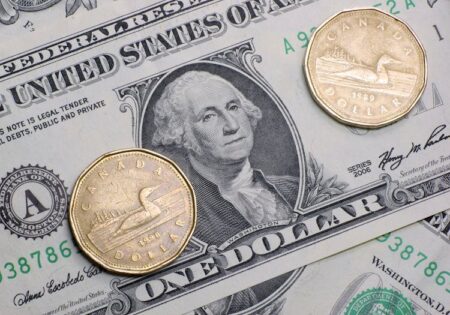- DXY holds near 108.40 on Tuesday with gains.
- Fed’s hawkish shift in December underpins higher yields.
- Markets digest strong JOLTS and ISM data.
The US Dollar Index (DXY), which measures the value of the USD against a basket of currencies, trades with gains on Tuesday after two days of losses. The Federal Reserve’s (Fed) hawkish tilt supports elevated US bond yields, favoring the USD bulls. Strong labor market and Services PMI figures helped the USD trim losses ahead of December’s Nonfarm Payrolls.
Daily digest market movers: US Dollar recovers after strong data
- US yields keep climbing, with the 10-year note near 4.64% and the 30-year at 4.87%, driven by heavy Treasury auctions this week.
- Fed Vice Chair for Supervision Michael Barr announced an early resignation effective February 28, potentially avoiding legal battles under the next administration.
- December ISM Services Purchasing Managers Index rose to 54.1 from 52.1, beating 53.3 forecasts. Prices Paid jumped to 64.4, stoking inflation concerns.
- Job Openings & Labor Turnover Survey (JOLTS) showed openings at 8.09 million in November, above both October’s 7.83 million and the 7.7 million estimate.
- ADP private payrolls, Challenger job cuts, and weekly jobless claims will round out this week’s labor market data before December Nonfarm Payrolls.
- Geopolitical tensions and potential trade war flare-ups keep safe-haven demand intact, limiting the US Dollar’s downside despite profit-taking.
DXY technical outlook: Indicators stay firm above key support
The US Dollar Index maintains an overall bullish structure, with technical indicators retaining upward momentum. Despite intraday softness, the DXY has successfully defended its 20-day Simple Moving Average (SMA), reflecting solid underlying support.
While near-term overbought signals could prompt modest pullbacks, ongoing demand for US assets and higher yields may keep the index elevated, barring any major risk reversals.
US Dollar FAQs
The US Dollar (USD) is the official currency of the United States of America, and the ‘de facto’ currency of a significant number of other countries where it is found in circulation alongside local notes. It is the most heavily traded currency in the world, accounting for over 88% of all global foreign exchange turnover, or an average of $6.6 trillion in transactions per day, according to data from 2022. Following the second world war, the USD took over from the British Pound as the world’s reserve currency. For most of its history, the US Dollar was backed by Gold, until the Bretton Woods Agreement in 1971 when the Gold Standard went away.
The most important single factor impacting on the value of the US Dollar is monetary policy, which is shaped by the Federal Reserve (Fed). The Fed has two mandates: to achieve price stability (control inflation) and foster full employment. Its primary tool to achieve these two goals is by adjusting interest rates. When prices are rising too quickly and inflation is above the Fed’s 2% target, the Fed will raise rates, which helps the USD value. When inflation falls below 2% or the Unemployment Rate is too high, the Fed may lower interest rates, which weighs on the Greenback.
In extreme situations, the Federal Reserve can also print more Dollars and enact quantitative easing (QE). QE is the process by which the Fed substantially increases the flow of credit in a stuck financial system. It is a non-standard policy measure used when credit has dried up because banks will not lend to each other (out of the fear of counterparty default). It is a last resort when simply lowering interest rates is unlikely to achieve the necessary result. It was the Fed’s weapon of choice to combat the credit crunch that occurred during the Great Financial Crisis in 2008. It involves the Fed printing more Dollars and using them to buy US government bonds predominantly from financial institutions. QE usually leads to a weaker US Dollar.
Quantitative tightening (QT) is the reverse process whereby the Federal Reserve stops buying bonds from financial institutions and does not reinvest the principal from the bonds it holds maturing in new purchases. It is usually positive for the US Dollar.
Read the full article here
















